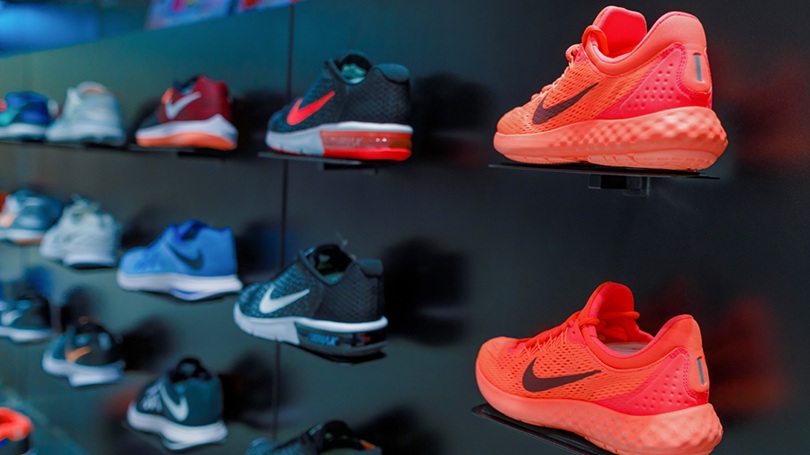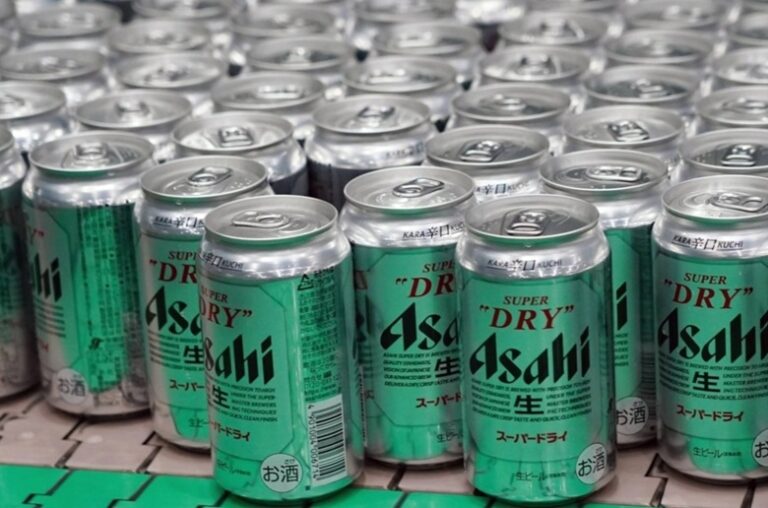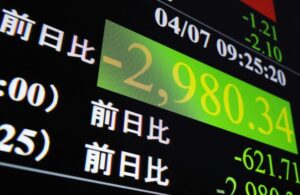Nike could soon face another challenge in its ongoing efforts to rejuvenate its brand and regain lost momentum in sales—potential U.S. tariffs on imports from Vietnam. President Donald Trump is expected to unveil a new wave of tariffs aimed at boosting domestic manufacturing and encouraging foreign nations to increase purchases of American goods. With Vietnam running a significant trade surplus of $123.5 billion with the U.S., it stands as a likely target. For Nike, which heavily relies on Vietnam for its production—manufacturing 50% of its footwear and 28% of its apparel there—such tariffs could mean higher costs at a time when the company is already discounting products to clear excess inventory. Adidas, although somewhat less dependent, also faces exposure, with 39% of its footwear and 18% of its apparel sourced from Vietnam.
If imposed, these tariffs could significantly impact Nike’s bottom line, as U.S. duties on Vietnamese footwear currently stand at 13.6% and on apparel at 18.8%. Analysts warn that additional tariffs could put further strain on the company, which is already grappling with a shrinking market share in the face of rising competition from brands like On Cloud and Hoka. The broader industry could also feel the pressure, with brands such as Canada’s Lululemon, Columbia Sportswear, and Finland based Amer Sports all relying heavily on Vietnam for manufacturing. Meanwhile, consumers are already feeling the pinch—sneaker prices in the U.S. have surged by 25% since 2019 due to escalating production costs, and further increases might prove challenging as consumer confidence remains weak.
Relocating production out of Vietnam isn’t a straightforward solution either. Alternative manufacturing hubs like Cambodia and Indonesia may also face tariffs, and production costs in these regions are already climbing. Some factories in Cambodia are reportedly raising their prices by up to 10% as brands seek to diversify their supply chains. While Vietnam has taken diplomatic steps to maintain strong relations with the U.S.—including opening its market to American imports and facilitating business investments—uncertainty looms over how aggressively new tariffs will be implemented. For Nike and its competitors, the coming months could bring tough decisions on pricing, supply chain adjustments, and overall strategy in a shifting global trade landscape.
“Your donation helps us cover global events, ensuring everyone stays informed.”
(Source: Reuters)







